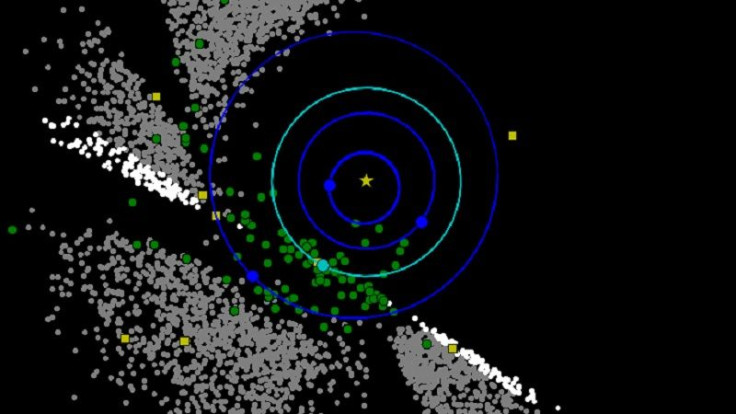NASA identifies 8 potentially hazardous asteroids orbiting Near-Earth

Amid scare tactics used by hoax makers over so-called planetary alignment, the National Aeronautics and Space Administration (NASA) confirmed celestial objects that pose real threats to the planet. Second year of survey data released by NASA’s Near-Earth Object Wide-field Survey Explorer (NEOWISE) mission say it discovered 72 new Near-Earth objects (NEOs).
Of the 72, eight are classified as potentially hazardous asteroids. The classification was based on the size and closeness of the asteroids’ orbit to Earth. The 72 bring to 439 NEOs identified by the spacecraft in two years.
NEOWISE explains that NEOs are comets and asteroids nudged by the gravitational attraction of giant planets in the solar system which allow the objects to enter the Earth’s neighbourhood. Since December 2013, the spacecraft has measured over 19,000 asteroids and comets at infrared wavelengths out of the more than 5.1 million infrared sky images collected in 2015.
NASA produced a new movie, based on the data collected, which depicts asteroids and comets observed by NEOWISE. The space agency launched WISE in December 2009, placed in hibernation in 2011 after the spacecraft completed its primary mission. It was reactivated and renamed NEOWISE in September 2013 and given a new mission to assist NASA is identifying the number of NEOs that are potentially hazardous to the planet.
The agency considers an asteroid a NEO if its distance from the sun during its closest approach is less than 1.3 times the average distance between the Earth and Sun. These NEOs are possibly from icier comet populations or the different parts of the asteroid belt between Jupiter and Mars, reports The Marshalltown.
James Bauer, NEOWISE deputy principal investigator at NASA’s Jet Propulsion Laboratory, explains, “By studying the distribution of lighter- and darker-colored material, NEOWISE data give us a better understanding of the origins of the NEOs.” The spacecraft complements NASA’s network of ground-based telescopes that operate at visible-light wavelengths, adds Amy Mainzer, NEOWISE principal investigator.





















